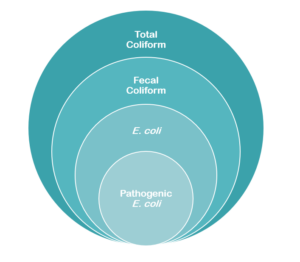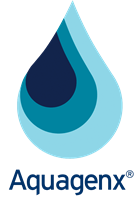Microbiological Water Quality Testing Methods for
E. coli and Total Coliform Bacteria
Many different types of bacteria can be found in drinking water samples. However, there are individual bacteria and groups of bacteria of particular concern that are indicative of risks to human health because they can cause illness and even death.
The greatest microbial waterborne risk to health is from ingestion of fecal pathogens in drinking water. Ongoing, routine water quality testing is crucial to ensure safe drinking water. Ongoing water quality monitoring also enables successful development and maintenance of sustainable water, sanitation and hygiene (WASH) systems and services, and water safety planning.
The World Health Organization (WHO) Guidelines for Drinking Water Quality recommend the bacterium E. coli as the preferred indicator organism to test for fecal contamination in 100 mL water samples. Their guidelines say there should be zero E. coli bacteria in a 100 mL drinking water sample for it to be considered safe to drink.
However, the WHO does not recommend testing methods such as presence/absence vs. quantified tests that give bacteria concentrations or counts, nor do they recommend specific testing products. Their primary recommendation for microbial testing is there should be no E. coli in 100 mL water samples.
Download our technical brief for basic review of microbial water quality testing methodologies.
